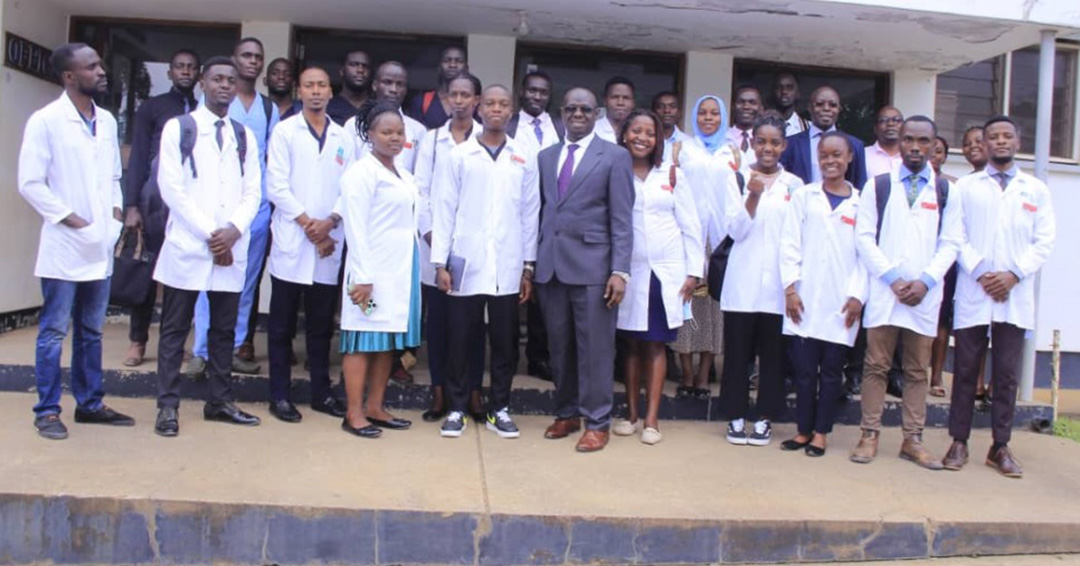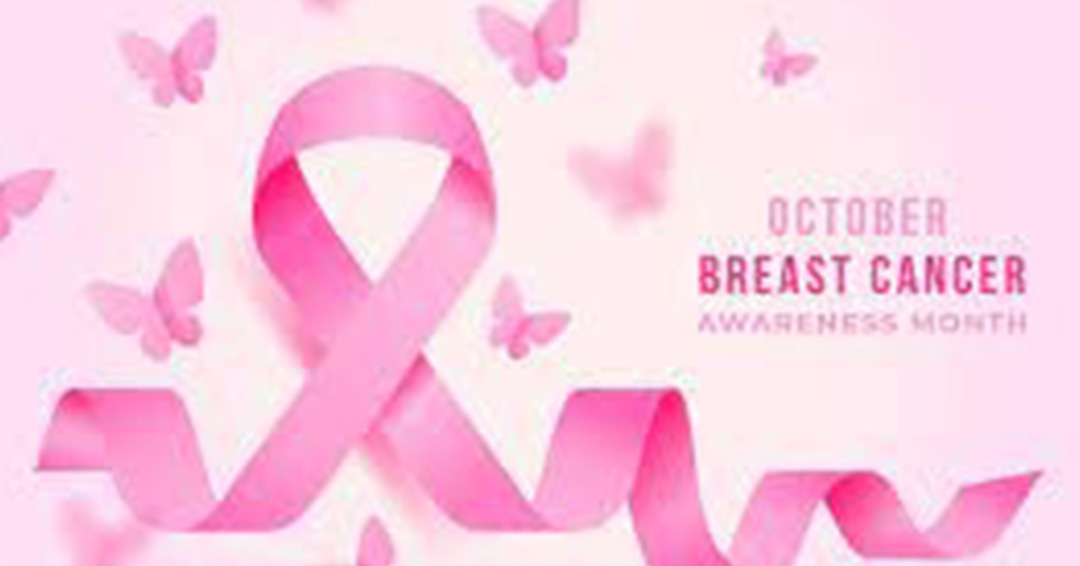
Sep
KIU Teaching Hospital Strengthens Partnership With Kitagata General Hospital
September 5, 2024, 9:40 am
 Administrator
Administrator

By Stuart Bogere Oswald
As the world marks October as the month for Breast Cancer Awareness, Kampala International University's Michael Jemba Senkolle, a final year medical student has come out to share the steps through “breast self examination” which should be adopted to curb breast cancer in its early stages.
Jemba says that regular breast examinations can help someone maintain breast health and detect cancer early, when it is easier to treat and more likely to be cured. Most tumours aren’t always cancer, but any changes should also be reported to medical personnel.
He adds that self-breast examination is recommended for females above 20 years of age at least once a month preferably after menstruation.
Breast self-examination takes only a few minutes and can easily be seamed into one's daily schedule for example when you’re;
* Dressing for the day or undressing at night.
* Lying in bed in the morning or at bedtime.
Self-Breast examination involves only three steps!
1. Visual inspection:
Stand in front of a mirror with your blouse and bra off. Put your arms down by your sides then look for any changes in breast shape, any dimpling in the skin or changes in the nipples.
Next, raise your arms high overhead and look for the same things.
Finally, put your hands on your hips and press firmly to make your chest muscles flex. Look for the same changes again.
2. Manual inspection while standing up:
Using the pads of your three middle fingers, press on all quadrants of one breast and under the arm. Use light pressure, then medium, then firm.
Feel for any lumps, thick spots or other changes but also check under the areola and then squeeze the nipple gently to check for discharge. Repeat the same steps on the other breast.
3. Manual inspection while lying down:
When you lie down, your breast tissue spreads more evenly. So, this is a good position to feel for changes, especially if your breasts are large.
Lie down and put a pillow under your right shoulder. Place your right arm behind your head. Using your left hand, apply the same technique as I mentioned earlier.
Finally, swap the pillow to the other side, and check the other breast and under the arm. Do not forget to check under the areola and then squeeze the nipple gently to check for any discharge.
Remember most lumps and abnormalities aren’t cancer, but you should report any significant changes to your doctor!
Internet Image
Kampala International University,
Box 20000, Ggaba Road, Kansanga, Kampala
+256-760 502660
+256-700 100808